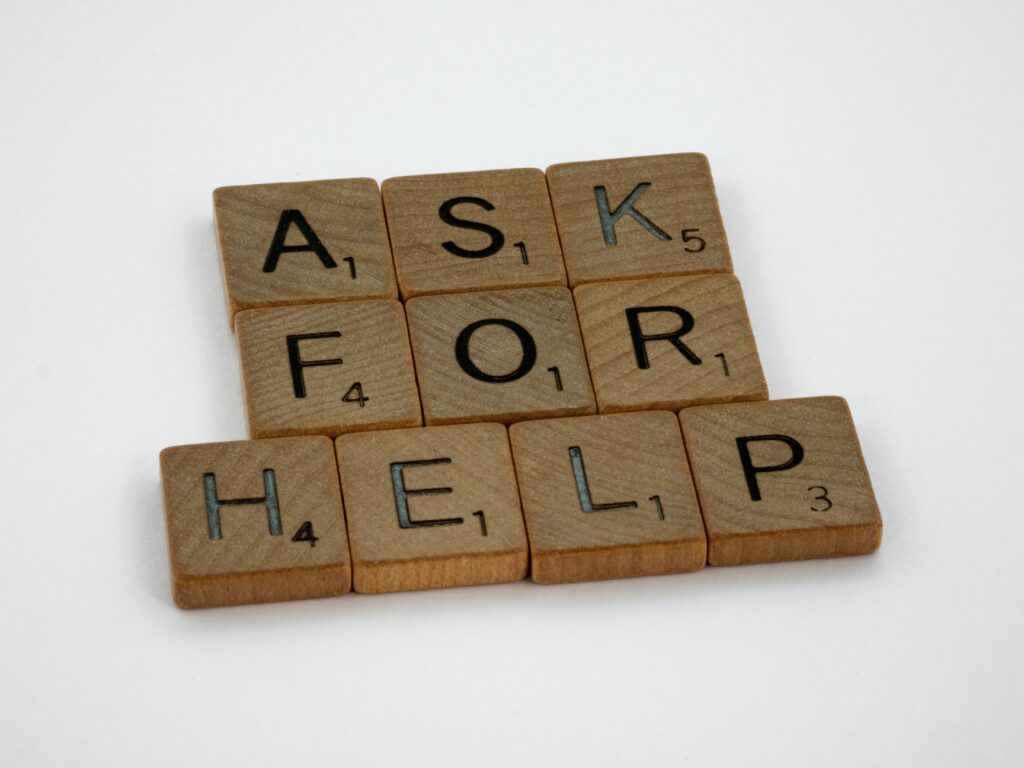How do you break things down into understandable, manageable, and developmentally appropriate steps when seeking to help your tween learn a new skill?
We’ve already talked about why it is important to scaffold learning, meaning meeting your child where they are developmentally and breaking learning down into understandable and manageable steps as you teach them new skills.
But how do you do that?
Don’t fret, because we’ve gotten things started for you!
We’ve taken two skills that we believe tweens need in order to safely, responsibly, and eventually independently interact online and broken them down into teachable steps.
STEPS FOR TEACHING HOW TO PAUSE BEFORE POSTING
Pausing Before Posting allows your tween to reflect on how their words might impact others and consider the possible consequences of their actions, giving them the opportunity to be more intentional in their online interactions. Additionally, Pausing Before Posting allows your tween some time to self-regulate if something they’ve come across has emotionally activated them.

- Talk with your tween about what it means to Pause before they post or hit send and why it matters.
- Strategize. What strategy would work best to help your child be more intentional with their digital communications? Maybe for your tween it would work best for them to check in with you prior to posting or sending something. Another option for a more independent child could be setting a timer to give themselves a pause before posting. Some kids might prefer to come up with a checklist of things to consider before they post or send. Have fun with it! You might want to try our Serenade Before Sending activity and write a reminder song with your tween. These are just some examples. Together you can come up with a strategy that works best for your family.
- Practice. This is where you give your tween the opportunity to try out the strategy they think would work best for them.
- Check In. Speak with your child about how the strategy is working! Be open to the idea that you may need to help them come up with alternate ways to remember to Pause Before Posting, or maybe this new skill has become a habit!
STEPS FOR TEACHING HOW TO HAVE A REACH OUT PLAN
Kids need a Reach Out plan so they know what to do when they come across online content or interactions that require adult intervention, for example, anything that is Disturbing, Disparaging, or Dangerous (3Ds – It’s Bigger Than Me). Having a plan can reduce stress and make it easier to take action! In addition, by taking the time to work with your child on a plan, you are showing them that you take the 3Ds seriously and that they are not alone in this.

- Define. Make sure your tween understands what a 3D is and why adults need to get involved.
- Determine. Help your tween figure out who the trusted adults are that they will Reach Out to if they come across a 3D.
- Discuss. Make sure you give a heads up to whomever makes the list, and be prepared that you might not make the cut! This could be for any number of reasons, including that your child is going through the developmental processes of separating and individuating from you.
- Develop a plan. Talk with your child about how they will Reach Out. Will they text a screenshot of what they encountered? Will they have a conversation in real life? Will they make a phone call? This isn’t about establishing a rigid rule, but rather to brainstorm the possibilities.
Don’t just follow your kids online. Lead them.